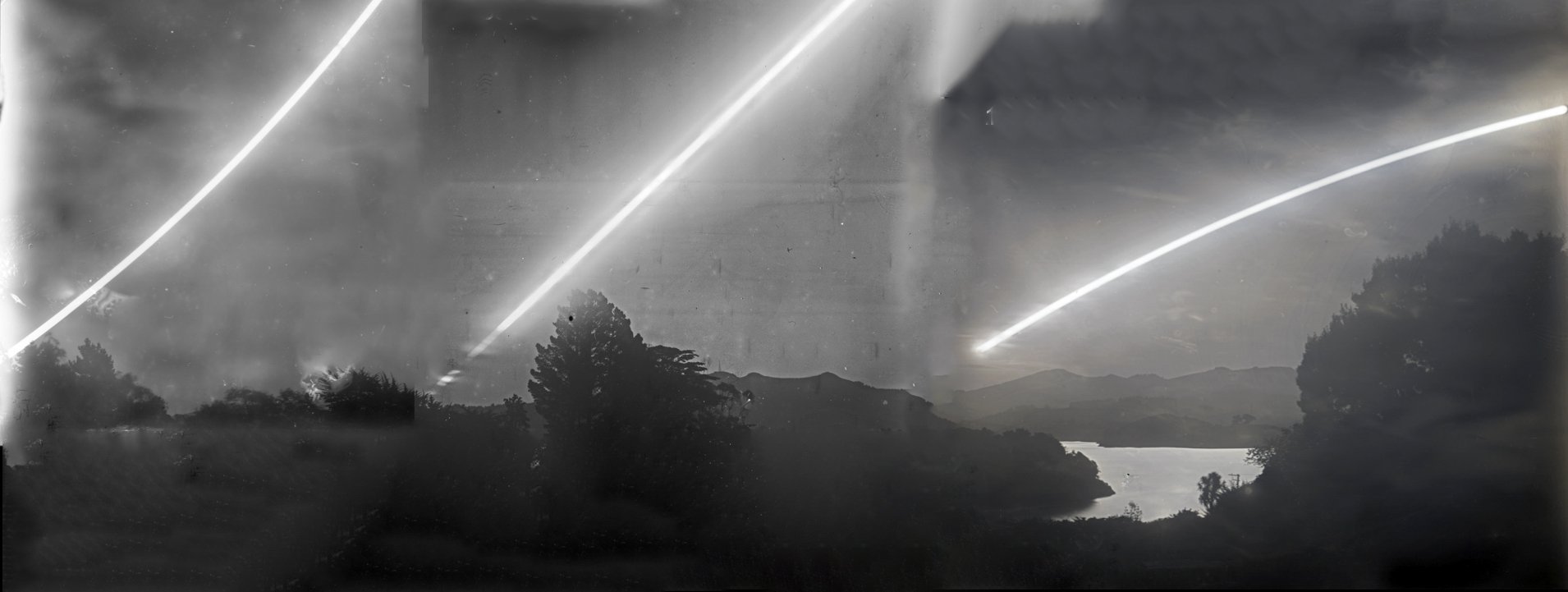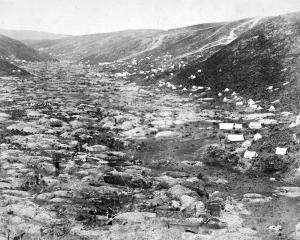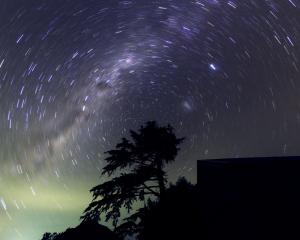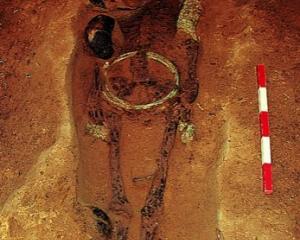
We know that Polynesians crisscrossed the Pacific by carefully observing stars, ocean currents, and wildlife.
In contrast, European navigators used the compass, chronograph, and sextant to help them on long oceanic voyages.
But it wasn’t just our ancestors who could observe. We can, too!
If you have time and patience, you, too, can watch the motions of the sky.
This week’s accompanying photograph probably looks very dull. It is, I’m pretty sure, quite possibly the single worst photograph ever published in the Otago Daily Times since the invention of the digital camera.
It shows three bright curved lines above a very, very underexposed image of Pudding Island, but there’s a story behind those lines, which makes the picture much more interesting than it seems. This picture is, in fact, a combination of three separate images, each taken using a pinhole camera within which a glass photographic plate was mounted.
In June, September and December of 2021, each plate was exposed for several hours in the run-up to sunset behind the hills on Otago Harbour’s western shore. The resulting bright lines in the composite image record the Sun’s motion at the equinoxes and solstices.
Firstly, it shows the full extent of the Sun’s motion in the sky between summer and winter.
In June, the Sun curves low in the northern sky at noon and sets, curving towards the north, early in the evening in the Northwest.
In contrast, in December, the Sun is high at noon and sets, curving to the south, late in the evening in the Southwestern sky.
The Sun’s shallow angle in winter and summer means we have prolonged twilight periods after dusk and before dawn.
The central line in the photograph records the Sun’s motion at the equinox. That’s the path it will take tomorrow evening, soon after the Sun reaches the southern hemisphere Spring equinox.
This year, the equinox occurs at 00:43 on Monday morning, the exact moment the Sun’s centre crosses the celestial equator heading south.











